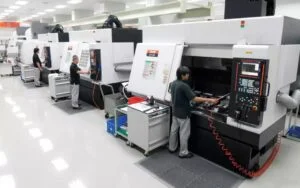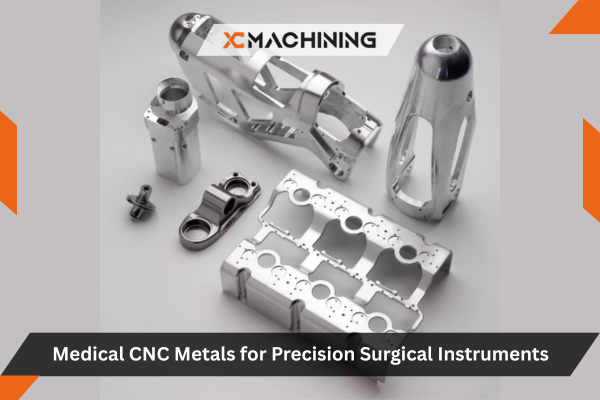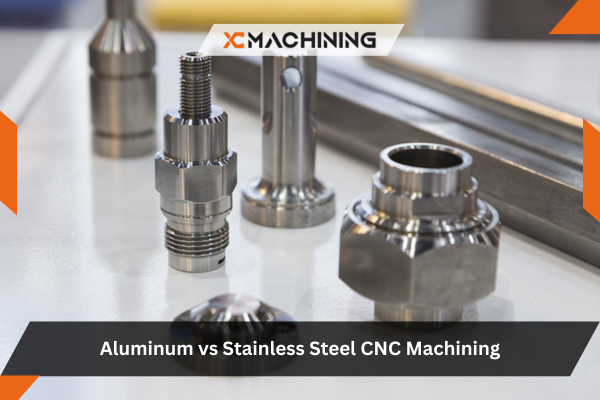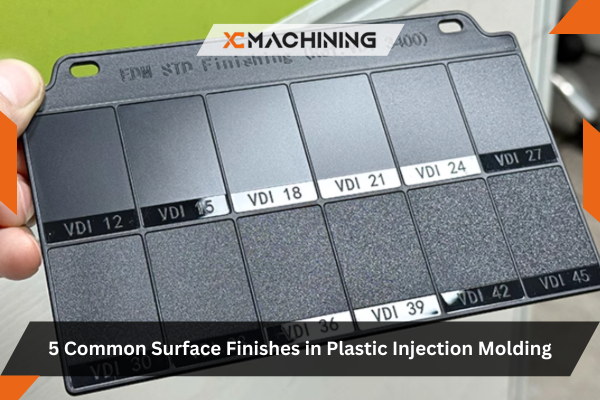CNC machining process
The planning of processing procedures refers to the entire process, and cannot be judged based on the nature of a certain process or the processing of a certain surface. For example, some positioning reference surfaces need to be processed very accurately during the semi-finishing stage and even the roughing stage. Sometimes, in order to avoid dimensional chain conversion, semi-finishing of some secondary surfaces can also be arranged during the finishing stage.
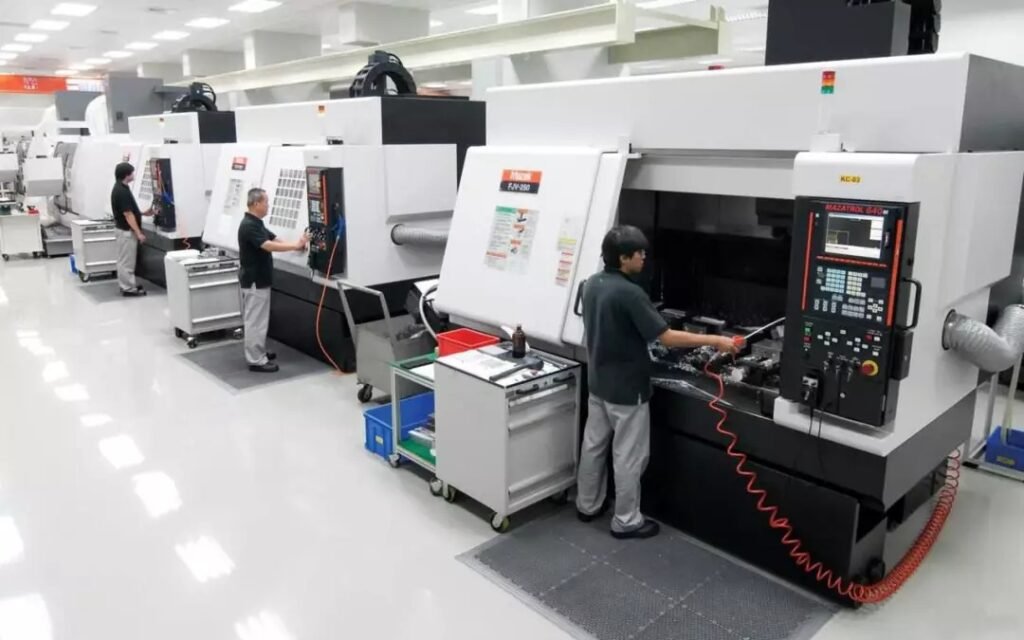
After determining the processing method and stage for the surface of the part, the processing of each surface in the same processing stage can be combined into several work steps.
1. Method for dividing processing procedures
The parts processed on CNC machining are generally divided into processes based on the principle of process concentration. The following methods are used for division:
1) Divided by the cutting tools used
The process completed with the same tool is considered as one operation. This division method is suitable for situations where there are many surfaces to be processed on the workpiece. Machining centers often use this method to complete the process.
2) Division by the number of workpiece installations
The process that can be completed with one clamping of the part is considered as one process. This method is suitable for parts with limited processing content, and can complete all processing content in one clamping, while ensuring the quality of the part processing.
3) Divided by rough and finish machining
The process completed in rough machining is considered as one process, while the process completed in fine machining is considered as another process. This division method is applicable to parts with strength and hardness requirements, requiring heat treatment or high-precision parts, requiring effective removal of internal stress, and parts with large deformation after processing, requiring division by rough and fine machining stages.
4) Divide the process according to the processing part, and take the part that completes the same surface as a process.
For parts with many and complex machined surfaces, the sequence of CNC machining, heat treatment, and auxiliary processes should be arranged reasonably, and the connection between processes should be well addressed. 2. The principle of division of processing steps Parts are composed of multiple surfaces, each with its own accuracy requirements, and there are corresponding accuracy requirements between surfaces. In order to meet the design accuracy requirements of the part, the processing sequence should follow certain principles.
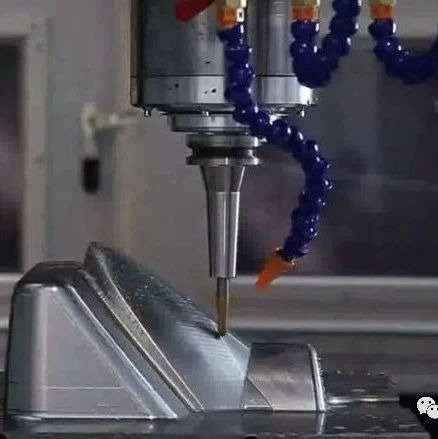
Principles of CNC machining
1) The principle of rough first and then refined
The processing sequence of each surface is carried out in the order of roughing, semi-finishing, finishing, and finishing. The purpose is to gradually improve the accuracy and surface quality of the part processing surface. If all surfaces of the part are processed by CNC machine tools, the process arrangement is generally carried out in the order of roughing, semi-finishing, and finishing, that is, after roughing is completed, semi-finishing and finishing are carried out. During roughing, most of the machining allowance can be quickly removed, and then each surface can be finished in turn. This method can improve production efficiency and ensure the processing accuracy and surface roughness of the part. This method is suitable for processing surfaces with high positional accuracy requirements. This is not absolute. For some processing surfaces with high dimensional accuracy requirements, considering the requirements of part stiffness, deformation, and dimensional accuracy, it is also possible to consider completing these processing surfaces in the order of roughing, semi-finishing, and finishing. For processing surfaces with high accuracy requirements, between the roughing and finishing processes, it is best to leave the part for a period of time to fully release the surface stress of the roughened part and reduce the degree of stress deformation on the part surface. This is beneficial to improving the processing accuracy of the part.
2) The principle of machining the datum plane first
At the beginning of processing, the surface used as the finishing benchmark is always processed first, because the surface of the positioning benchmark is accurate, and the clamping error is small. Therefore, in the processing process of any part, the roughing and semi-finishing of the positioning benchmark surface are always carried out first, and if necessary, the finishing is also carried out. For example, shaft parts always carry out roughing and semi-finishing of the positioning benchmark surface, and then carry out finishing. For example, shaft parts always first process the center hole, and then use the center hole surface and positioning hole as the finishing benchmark to process the hole system and other surfaces. If there are more than one finishing benchmark surface, the processing of the benchmark surfaces should be arranged according to the order of benchmark conversion and the principle of gradually improving the processing accuracy.
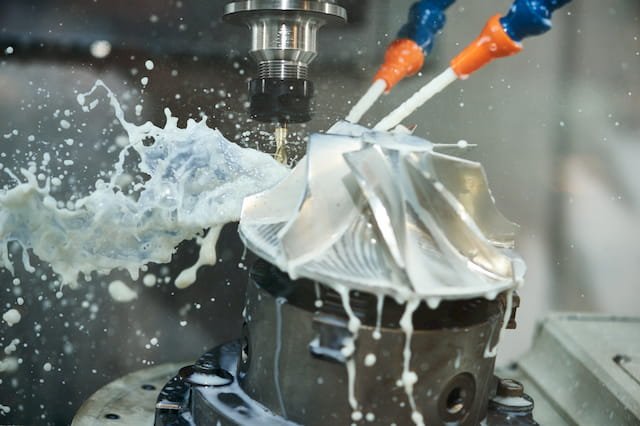
3) Principle of Surface First and Hole Second
For parts like boxes, brackets and bodies with large planar outline dimensions requiring planar positioning as their most stable and reliable form, plane machined first should then the holes. So it provides not only a solid and stable planar reference surface for subsequent machining operations, but also facilitates hole machining on flat surfaces, which increases accuracy during hole cutting processes. General, the process can be broken down according to which parts are being processed of a part. Simple geometric shapes tend to be machined first before complex ones; lower precision parts come after higher precision ones; planar surfaces get machined prior to holes being added.
4) The principle of internal first and external second
For precision sleeves, the coaxiality requirements between the outer circle and the hole are high. Generally, the principle of “hole first, then outer circle” is adopted, that is, the outer circle is used as the positioning reference to machine the hole first, and then the hole with higher accuracy is used as the positioning reference to machine the outer circle. This can ensure a high coaxiality requirement between the outer circle and the hole, and the fixture structure used is also very simple.
5) Principle of reducing the number of tool changes
In CNC machining, the processing sequence should be arranged as much as possible according to the order in which the tool enters the processing position

